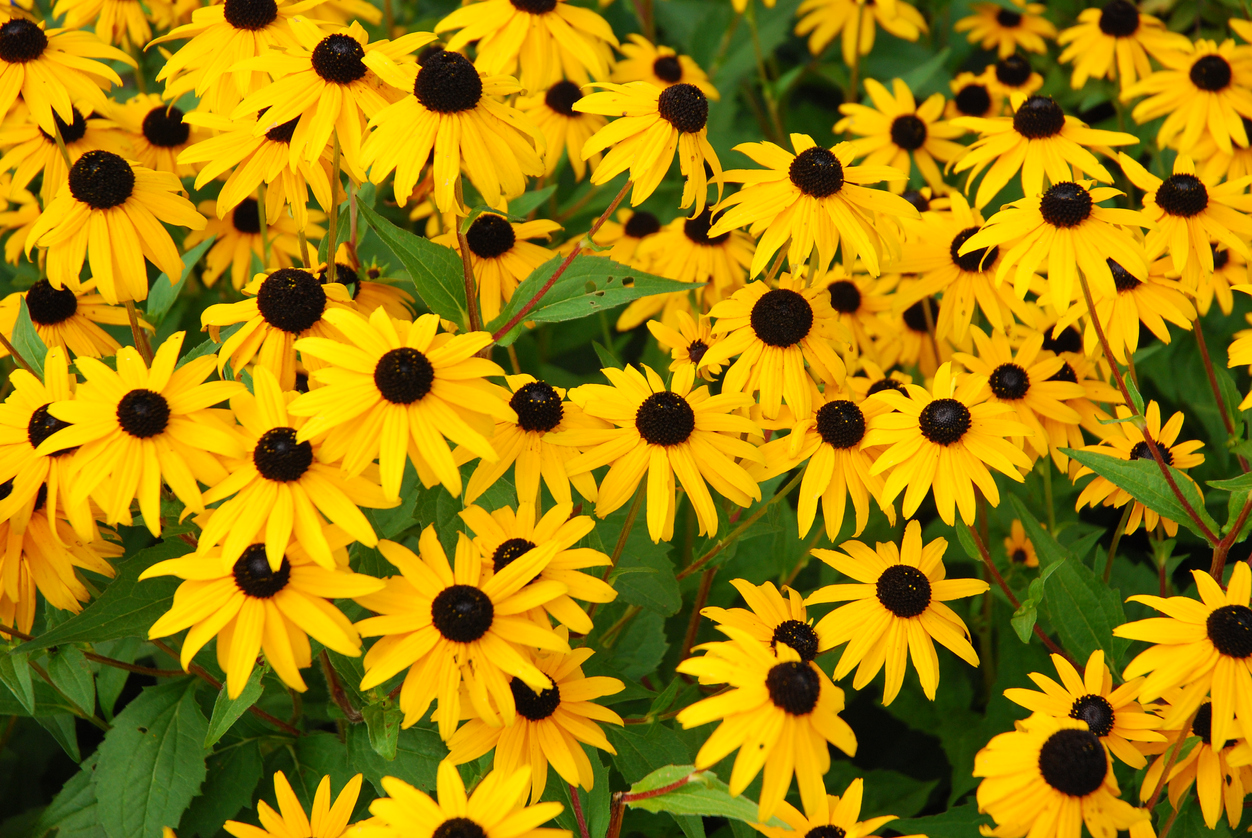

We may earn revenue from the products available on this page and participate in affiliate programs. Learn More ›
Q: While shopping at my local garden center last weekend, I came across some biennial plants. I’m familiar with annuals and perennials, but what are biennials?
A: A biennial plant is a flowering plant that has a 2-year lifecycle. That means it takes two years for the plant to get to its flowering stage. It might seem odd to grow a biennial plant if it’s only going to bloom in its second season. However, there are some advantages to growing biennials.
Biennials tend to tolerate cold weather better than annuals. Although they don’t come back year after year like perennials, they usually self-sow pretty easily, so there’s no need to reseed every year. If you choose one that takes on new life by reseeding, you save a little money and get a fun surprise in spring when the new, reseeded version shows up in the garden.
Understanding how biennials grow and die back can be useful as you look for success in your green thumb endeavors. If you think a plant is a perennial but it lives only two years, look up more information before questioning your attention and care. It might be a biennial, and one you enjoy enough to start a new cycle the next year if necessary.
RELATED: USDA Releases Plant Hardiness Zones Map Update for 2023
Biennial plants have a 2-year lifespan.
These in-betweener plants live longer than annuals because they have a 2-year lifecycle. But their growth is a little unpredictable. The life cycle might depend on the climate. For example, while kale is technically a biennial, it doesn’t always survive freezing winters. Some biennials even live longer than the typical 2-year lifecycle. Still, most don’t live past three years.
If you live in a very cold climate and want to harvest seed from edible biennials, you’ll need to dig up plants, overwinter them indoors, then plant them out again in the spring. Ideally, overwintering plants should be stored in cool, moist conditions.

In the first year, biennial plants grow roots, a stem, and leaves.
Biennials don’t bloom in the first year. Instead, plant growth focuses on the root system, stem, and foliage. Going back to the example of kale: In its first season, kale doesn’t bolt or flower. At the end of the season, kale often has a sturdy, thickened stem. Because it has lots of leafy foliage, it’s easy to enjoy multiple harvests from a single plant. With strong roots, kale enters the winter season ready to survive so it can bloom and sow seed in the spring.
Biennials like kale need to go through a cold period to jumpstart flowering. Because of this extended lifecycle, it’s a bit tougher to save seeds from biennials. Most people harvest plants in the first year, completely remove the plant from the garden, and that’s it—this is the case with edibles, at least. If you’re interested in saving kale, beet, or cabbage seeds, though, patience is required.
RELATED: You’re Probably Harvesting Your Herbs Wrong—Here’s How to Do it Correctly for Maximum Yield
In the second year, biennial plants bloom, release seeds, then die.
In the spring, biennial plants are often some of the first to emerge and flower. Once they’ve bloomed, most set seed and die. This self-seeding process means that you don’t have to plant seeds again. The plant sends out seeds automatically. Granted, plants might pop up haphazardly, but you won’t have to replant every year, as with annuals.
In the second year, edible biennials like kale usually are not suitable for eating. The stalk and leaves are tougher and a lot less tasty. But keep the plants around even if you’re not interested in their self-sowing properties. The blooms will attract beneficial bugs like pollinators.

Some common plants you probably didn’t know are biennials include:
- Kale
- Parsley
- California poppy
- Pansy
- Black-eyed Susan
- Broccoli
- Carrots
- Onions
- Cabbage
- Swiss chard
- Beets
- Foxglove
- Hollyhocks
- Celery
For low-maintenance ornamental gardens, focus on biennial flowers that are hardy and that tolerate drought. Black-eyed Susans are a popular choice for the home garden because they fit these criteria. These yellow wildflowers attract garden-friendly insects and flourish even in poor soils as long as they have enough sunlight.
Most biennials should be planted in the early spring or summer to allow plenty of time for growth in the first season. You might need to provide frost protection in some cold regions to keep plants alive until the next spring.
